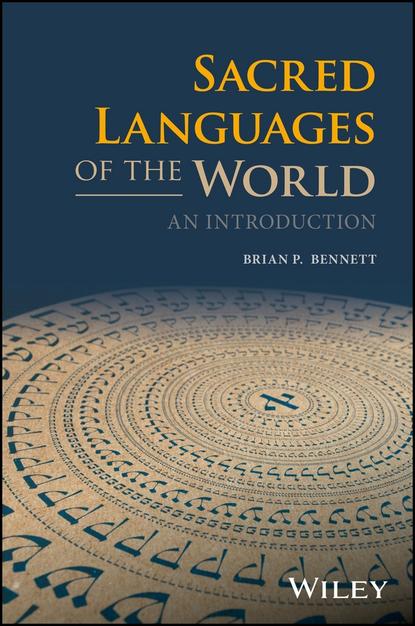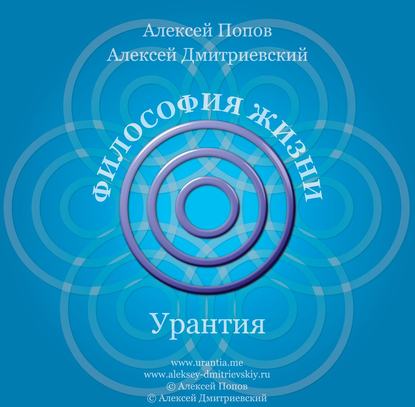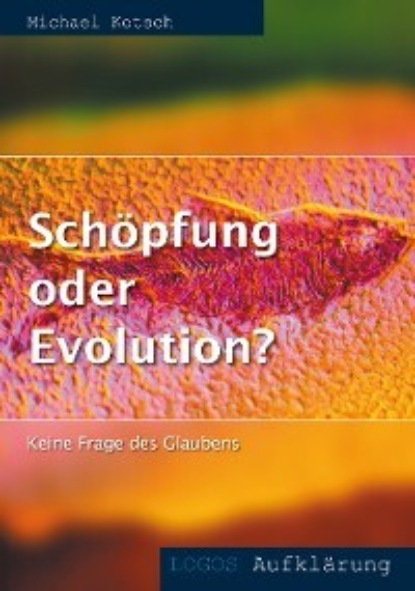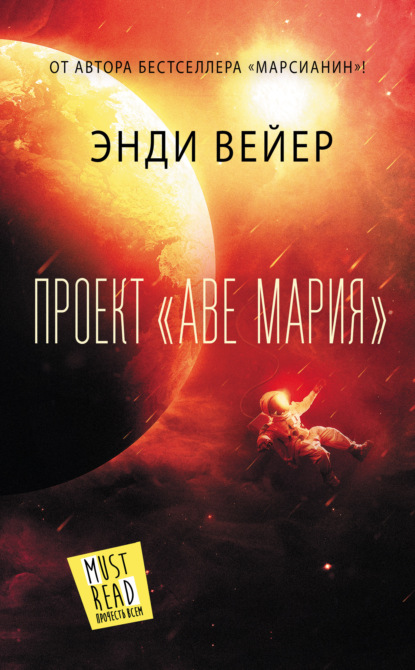Книга "Священные языки мира" является увлекательным сравнительным исследованием священных языков и их роли в религии и за ее пределами. Священные языки использовались для написания основополагающих текстов, литургии и ритуалов на протяжении многих веков и многие из них оставались практически неизменными на протяжении веков. Несмотря на то, что важная связь между языком и религией давно признана, новые исследования и мышление в области религиозных исследований, социолингвистики, социологии, лингвистики и даже нейролингвистики привели к возрождению интереса к этой теме. В этой увлекательной и информативной книге используются христианские, исламские, индуистские, иудейские и буддийские традиции для предоставления краткого и доступного введения в феномен священных языков. Авторы книги используют сильно сравнительный и широкий подход для изучения способов, которыми древние религиозные языки, такие как латынь, пали, церковнославянский и иврит, продолжают формировать верования и практики религиозных сообществ по всему миру. Они рассматривают историю священных языков, мифы и доктрины, объясняющие их происхождение и значение, различные способы их использования, сектарные дебаты, которые их сопровождают, и технологические инновации, которые продвигают их вперед в 21 веке. Книга представляет собой комплексное, но краткое изложение роли и важности языка в религии. Она использует интердисциплинарный подход, который будет интересен студентам и ученым в различных областях, включая религиоведение, социологию религии, социолингвистику и лингвистику. Книга будет также интересна широкому кругу читателей, интересующихся сравнительной религией, историей, культурной критикой, коммуникационными исследованиями и многим другим.
Электронная Книга «Sacred Languages of the World» написана автором Brian P. Bennett в году.
Минимальный возраст читателя: 0
Язык: Английский
ISBN: 9781118970751
Описание книги от Brian P. Bennett
A fascinating comparative account of sacred languages and their role in and beyond religion —written for a broad, interdisciplinary audience Sacred languages have been used for foundational texts, liturgy, and ritual for millennia, and many have remained virtually unchanged through the centuries. While the vital relationship between language and religion has been long acknowledged, new research and thinking across an array of disciplines including religious studies, sociolinguistics, sociology, linguistics, and even neurolinguistics has resulted in a renewed interest in the area. This fascinating and informative book draws on Christian, Islamic, Hindu, Judaic, and Buddhist traditions to provide a concise and accessible introduction to the phenomenon of sacred languages. The book takes a strongly comparative, wide-ranging approach to exploring ways in which ancient religious languages, such as Latin, Pali, Church Slavonic, and Hebrew continue to shape the beliefs and practices of religious communities around the world. Informed by both comparative religion and sociolinguistics, it traces the histories of sacred languages, the myths and doctrines that explain their origin and value, the various ways they are used, the sectarian debates that shadow them, and the technological innovations that propel them forward in the twenty-first century. A comprehensive but succinct account of the role and importance of language within religion Takes an interdisciplinary approach which will appeal to students and scholars across an array of disciplines, including religious studies, sociology of religion, sociolinguistics, and linguistics Provides a strongly comparative exploration, drawing on Christian, Islamic, Hindu, Judaic, and Buddhist traditions Uses numerous examples and ties historic debates with contemporary situations Satisfies the rapidly growing demand for books on the subject among both academics and general readers Sacred Languages of the World is a must-read for students of religion and language, scripture, religious literacy, education and language, the sociology of religion, sociolinguistics. It will also have strong appeal among general readers with an interest comparative religion, history, cultural criticism, communication studies, and more.



















